Welcome, dear travellers!
Planning a trip to Madrid? We’ve got you covered! Today, we’re sitting down with Laura, a passionate travel expert who knows Madrid like the back of her hand. Laura shares her insider tips, must-see spots, and local secrets to help you experience the city like a true madrileño. Ready? Let’s dive in!
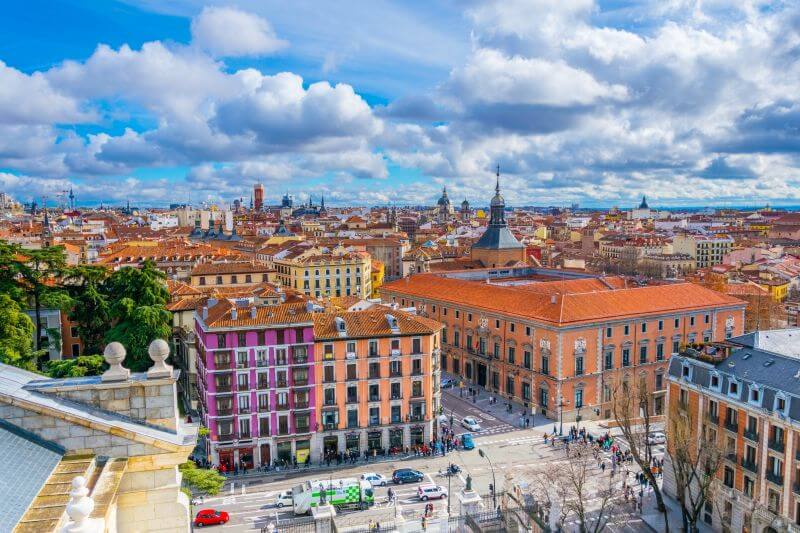
Great question! First thing: Madrid is vibrant, full of life and energy. The city never really sleeps, and that’s part of its magic.
These are the fundamentals every traveller should know: First, the currency is the Euro (€), and while cards are widely accepted, it’s smart to carry a bit of cash for small tapas bars. Spanish is the official language, and although you’ll find English in tourist areas, learning a few phrases like hola and gracias goes a long way.
And yes, siesta still exists. So please be aware that shops often close between 2 PM and 5 PM – plan your shopping in the morning or evening. During the afternoon siesta, you can spend your time relaxing in a park or enjoying a leisurely lunch at a local café. For your evening out, know that tipping isn’t mandatory here, but rounding up the bill or leaving 5–10% is a nice gesture.
People here love to eat late, so don’t expect dinner before 9 PM! For getting around, the Metro is fast and affordable—buy a MetroCard if you’re staying for a few days. And one more thing: pack comfortable shoes. Madrid is a city best explored on foot.
I think this covers the basics.
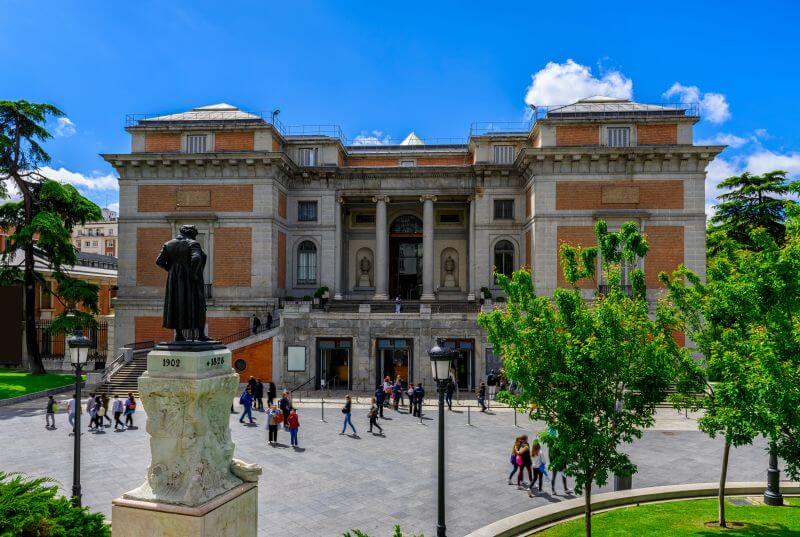
Madrid has so many fascinating facts!
As Spain’s capital and cultural heart, it stands out in countless ways. First, did you know it’s the highest capital city in Europe? The altitude gives it those bright, sunny skies—nearly 300 days of sunshine each year. Second, Madrid is home to one of the largest royal palaces in the world, an absolute must-see. Third, it’s an art capital—the Prado Museum is a treasure trove of European art, and it forms part of the city’s famous Golden Triangle of Art.
Fourth, the Puerta del Sol is more than just a bustling square—it’s the KM 0 marker, the symbolic centre of Spain, and home to the iconic strawberry tree statue, a symbol of the city. Calle Mayor, a historic street, connects key landmarks like Plaza Mayor and Puerta del Sol, making it perfect for exploring Madrid’s heart. Gran Vía, Madrid’s most famous street, is a vibrant hub of activity and culture. The city’s literary and cultural significance is also celebrated at Plaza de España, where the statue of Don Quixote and Sancho Panza pays tribute to Spain’s most famous literary character.
And fifth, Madrid isn’t just about history and culture—it’s also the gateway to incredible day trips like Toledo, Segovia, and Ávila. Oh, and let’s not forget football: It’s also home to Real Madrid—football here is pure passion.
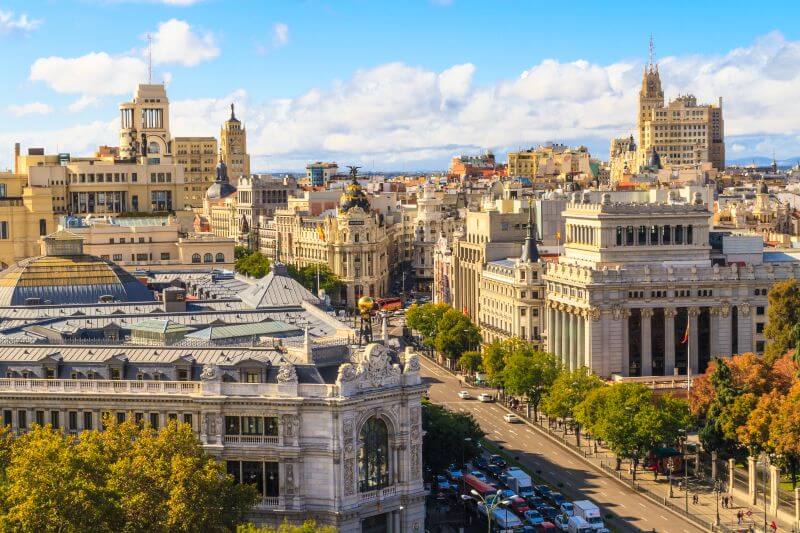
Three days is perfect for first-time visitors: stroll the historic centre, visit the Prado, relax in Retiro Park, and enjoy a tapas crawl. This is a recommendation for everyone – great for solo travellers, couples, or families. If you have four or five days, add day trips to Toledo or Segovia, explore more neighbourhoods, or join a guided tour to discover hidden gems or nearby towns.
A city pass or skip-the-line tickets can save you time at popular attractions, so you do not waste your precious time queuing in front of those attractions. If you can’t fit everything in, start planning your next visit to experience even more of what Madrid has to offer.
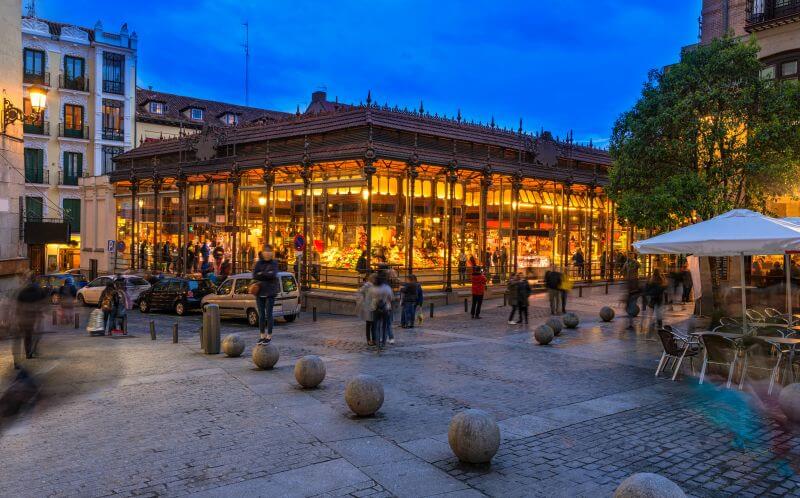
Yes, Madrid is generally safe, even at night. The city centre stays lively late into the evening. Just use common sense as you would anywhere: keep an eye on your belongings, especially in crowded areas. For solo female travellers, Madrid is considered welcoming and easy to navigate.
For extra peace of mind at night, use trusted taxi apps like Cabify or Bolt instead of hailing a cab. In case of emergencies, dial 112.
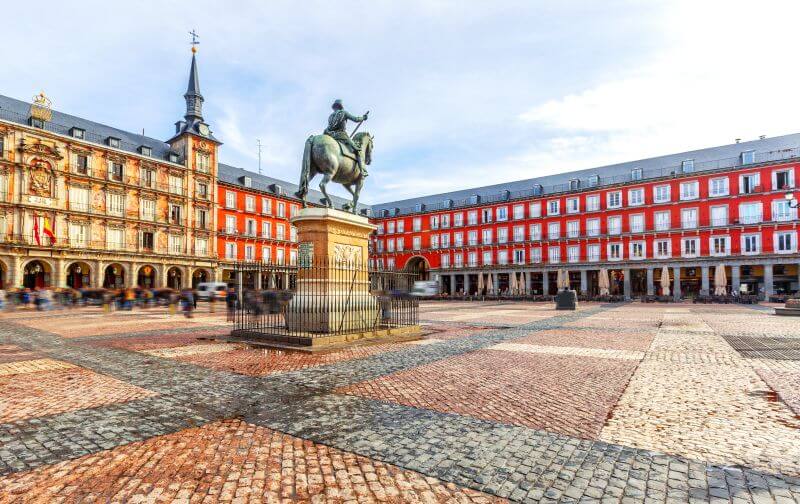
Spain has its own rhythm and culture, and knowing a few simple do’s and don’ts can make your trip much smoother. Do greet people with a friendly hola or buenos días, and use gracias and por favor—politeness goes a long way. Do try local food, from tapas to churros, and embrace the tradition of late dinners and long, lively evenings. Do respect siesta hours and keep your voice down in quieter areas, like churches or museums.
On the other hand, don’t expect everyone to speak English outside tourist areas—learning a few key phrases shows respect. Don’t assume lunch and dinner times are the same as at home; lunch often starts around 2 PM and dinner after 9 PM. And finally, don’t rush your experience—Spain is about enjoying the moment, soaking in the culture, and moving at a relaxed pace.
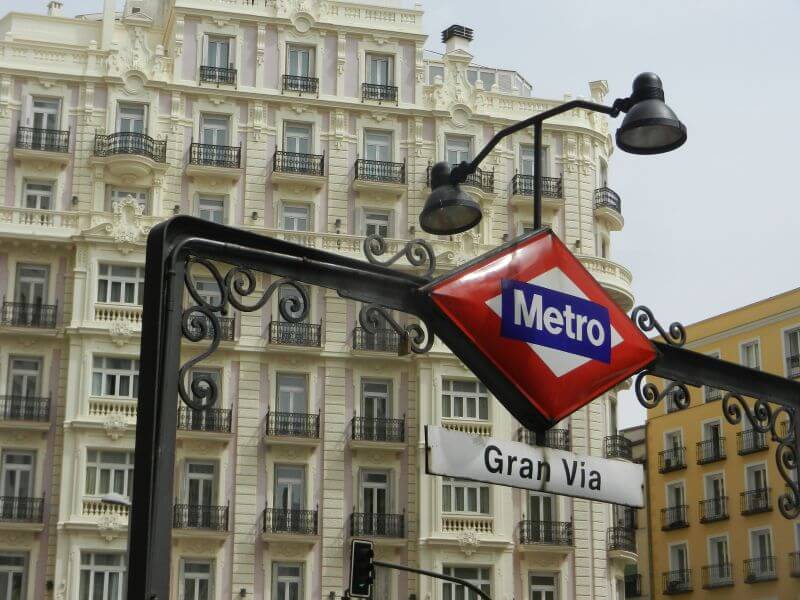
You don’t need a car—public transport is excellent and affordable. The metro is fast, efficient, and runs frequently. Walking is the best way to explore neighbourhoods and soak in the atmosphere. If you need wheels, bike and e-scooter rentals like BiciMAD are available.
A note for drivers: Madrid Central is a low-emission zone with strict restrictions, so skip the car. It will only make things complicated when you are not used to the rules and restrictions. From the airport to the city centre, taxis charge a flat rate of about €30.
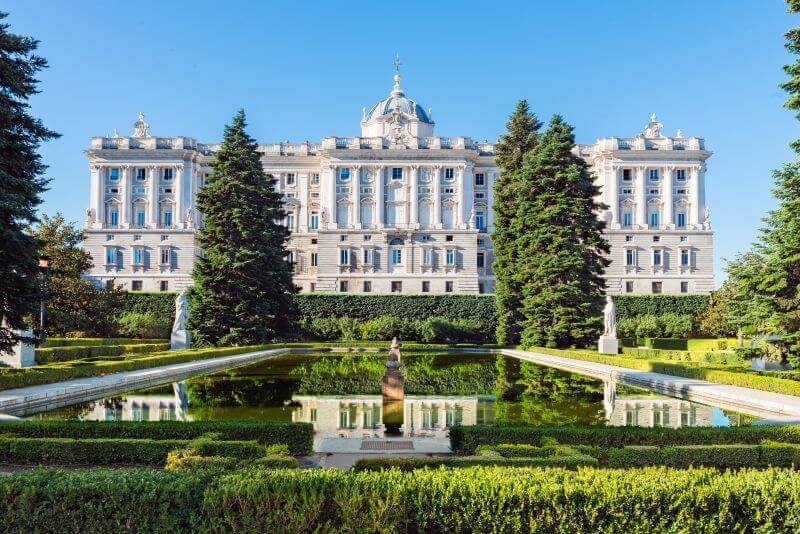
If there’s one attraction you shouldn’t miss, it’s the Royal Palace. As one of Spain’s most important historic buildings and a landmark of national pride, this architectural masterpiece stands out among Madrid’s landmarks. The building is one of the largest palaces in the world and a symbol of Spanish history and grandeur. Inside, you’ll find lavish halls, stunning artworks, and royal treasures that tell centuries of stories. Don’t skip the Royal Armoury—it’s a fascinating collection of weapons and armor.
The palace gardens are perfect for a peaceful stroll after your visit, offering beautiful views of the city. Booking tickets in advance is highly recommended, as this iconic landmark is always in high demand.
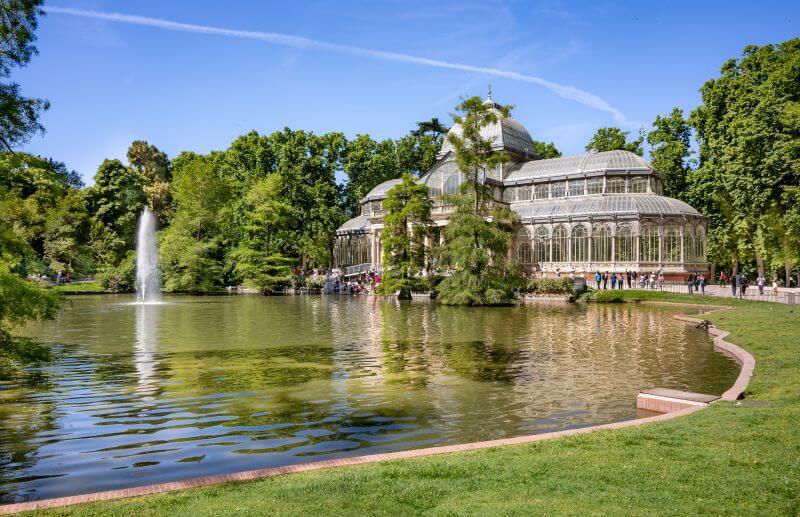
Start with the Royal Palace for its grandeur—one of Madrid’s most iconic landmarks and historic sites. Wander through Puerta del Sol, the city’s symbolic heart, and be sure to stop by La Mallorquina, a must-visit pastry shop famous among tourists for its traditional treats. Plaza Mayor is perfect for people-watching and soaking in the atmosphere of one of Madrid’s most significant historic sites. Stroll Retiro Park, one of Madrid’s most beautiful parks and a UNESCO World Heritage Site, offering a peaceful escape for both locals and tourists.
Walk down Gran Vía to admire the impressive buildings and vibrant atmosphere that attracts tourists from around the world. Don’t miss Mercado de San Miguel for tapas, enjoying drinks and sampling food at the market’s restaurants. El Rastro flea market on Sundays is a lively spot for unique finds. Football fans should visit Santiago Bernabéu Stadium.
Other must-see landmarks and historic sites include the Cibeles Fountain, a symbol of the city, and the observation deck at Palacio de Cibeles, which offers great views of Madrid’s skyline. For panoramic city views, visit a rooftop bar—these spots are perfect for sightseeing, sunset watching, and capturing memorable photos.
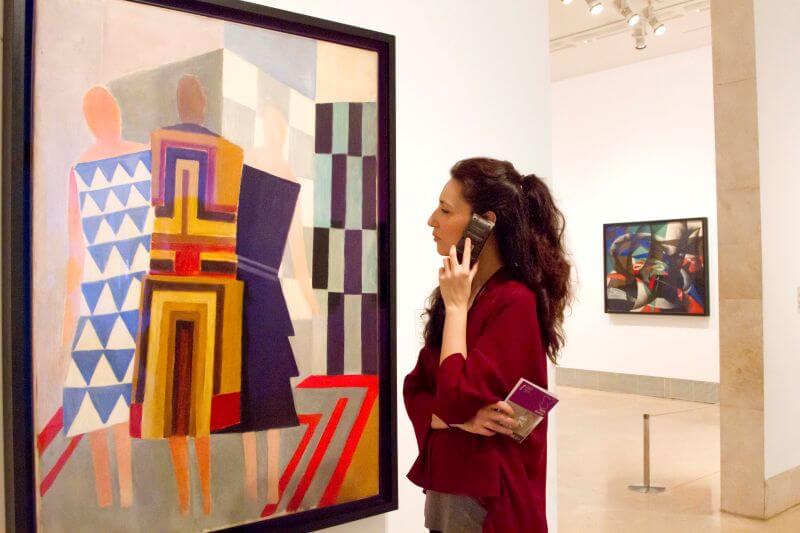
Madrid’s top museums—the Prado, Reina Sofia Museum, and Thyssen-Bornemisza—stand out as leading art museums and are essential stops for anyone exploring the city’s rich artistic heritage. The Prado is a must for classical art lovers, featuring an outstanding collection of European art, including masterpieces by Goya, Velázquez, and El Greco.
The Reina Sofia Museum, located near the Crystal Palace in Retiro Park, is renowned for its modern art collection and Picasso’s Guernica. The Thyssen-Bornemisza offers an impressive private collection covering multiple styles and periods.
Together, these top museums form Madrid’s Golden Triangle of Art. Any person interested in art will find something inspiring in these remarkable collections.
For something smaller, visit the Sorolla Museum or CaixaForum.
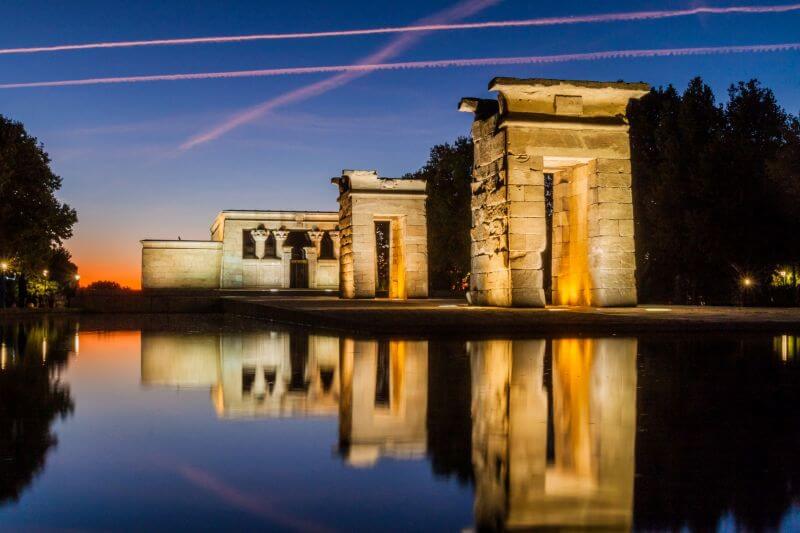
For fans of ancient history and historical sites, a sunset at the Temple of Debod is unforgettable—an Egyptian temple in the heart of Madrid with sweeping city views that should not be missed. Many visitors, including Laura, have visited these iconic sites and highly recommend them for an authentic Madrid experience. For a cultural experience, consider visiting a flamenco show at a historic venue like Corral de la Morería, which is also suitable for families. And if you love views, the rooftop terrace at Círculo de Bellas Artes or Riu Plaza España is the perfect place to relax and take in the scenery—ideal for couples, friends, or a family outing.
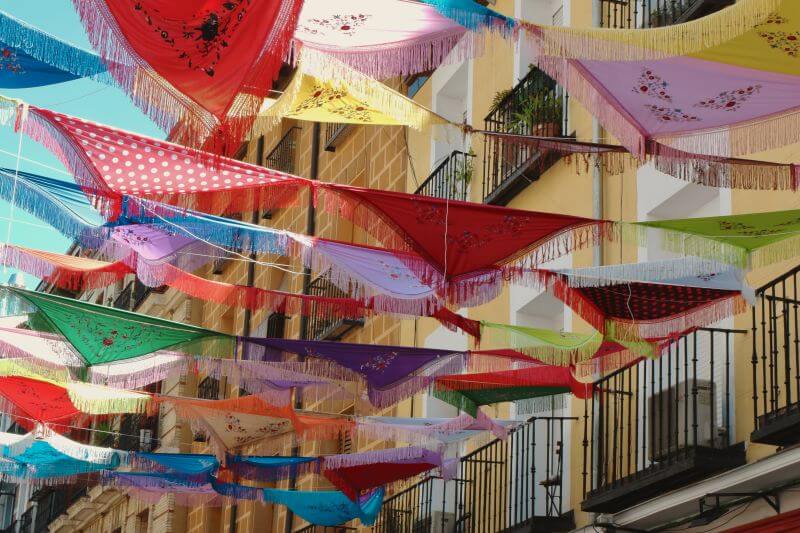
Spring and fall are ideal seasons Madrid offers—May and September bring warm, pleasant weather and lively festivals, making visiting Madrid especially enjoyable. Expect temperatures between 18–25°C. Summers can be scorching, often above 35°C, so plan for early mornings and late evenings if you visit then. Winter is mild and quieter, with daytime temperatures around 10°C, perfect for museums and cozy tapas bars. The different seasons the city experiences can greatly affect your trip, from outdoor sightseeing to seasonal events.
*Editor’s note: For our American readers, the temperatures mentioned above are approximately 64–77°F in spring and fall, above 95°F in summer, and around 50°F in winter.
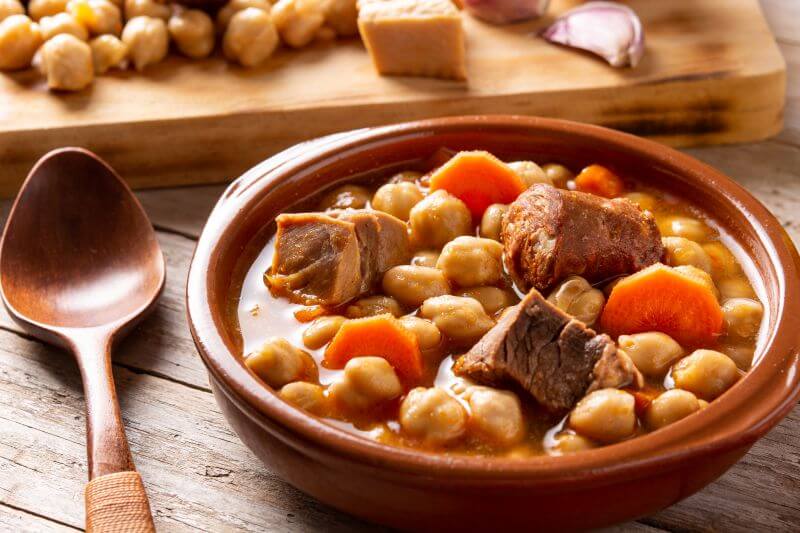
Cocido madrileño, a hearty chickpea stew, is a local classic—try it at the family-friendly restaurant La Bola Taberna. Churros with thick hot chocolate are a must, especially at Chocolatería San Ginés, a popular restaurant known for this treat.
Madrid boasts a diverse range of restaurants, from traditional eateries to modern dining spots, offering something for every taste and atmosphere.
Tapas culture thrives here: tortilla española (Spanish omelet) and jamón ibérico are favourites. And in some bars and restaurants, tapas still come free with your drinks—a delightful tradition perfect for sharing with family.

San Isidro in May is the city’s biggest celebration, filled with parades, concerts, and traditional dress, attracting tourists from around the world. Many people have visited Madrid during these festivities to experience Spain’s vibrant culture firsthand. Christmas markets light up the city in December, drawing both locals and tourists. Semana Santa (Holy Week) brings solemn processions in spring, a tradition that is celebrated across Spain’s cities.
On New Year’s Eve, join locals and tourists alike at Puerta del Sol for the “12 grapes” tradition—one grape for each chime of midnight. Another key date is Dos de Mayo (May 2), commemorating Madrid’s uprising against Napoleon, an event of great national significance in Spain’s history.
Madrid’s festivals are often compared to those in Barcelona and London, with each city offering unique celebrations. For example, while Barcelona is known for its vibrant La Mercè festival, and London hosts spectacular New Year’s events, many travellers who have visited all three cities find Madrid’s traditions especially authentic and lively.
A heartfelt thank you to Laura for sharing her insider tips, local knowledge, and practical advice! Her insights make it easier than ever to explore Madrid like a true local, from the city’s historic landmarks to its hidden gems.
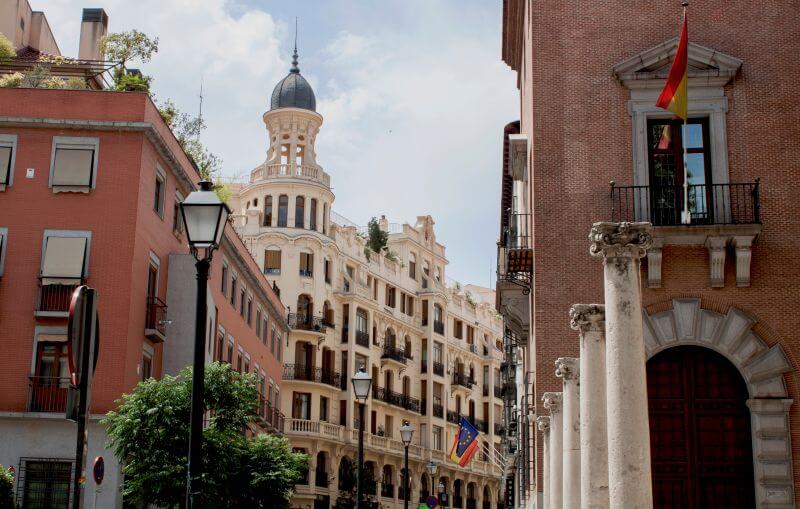
Absolutely—don’t just see Madrid, experience it. Explore neighbourhoods like Malasaña for its creative energy, Chueca for its lively streets, and La Latina for the ultimate tapas crawl on a Sunday. Take time to sit at a terrace café and watch life unfold. Madrid is more than monuments—it’s a feeling, a rhythm, and the warmth of its people.
While in Madrid, consider staying at a centrally located hotel such as Hotel Preciados or one of the many stylish hotels in the city center, offering easy access to top attractions. Marvel at the impressive buildings that define Madrid’s skyline, from historic landmarks to modern architectural gems.
For more adventure, plan a day trip to nearby destinations like Alcalá de Henares, known for its rich history and connection to Cervantes. A real hidden gem and definitely off the beaten path.
Are you ready to explore the Spanish capital? With its rich history, vibrant neighbourhoods, world-class museums, and unbeatable food culture, Madrid has something for every traveller. Grab your city pass today and enjoy seamless access to top attractions, skip-the-line entry to the most popular sites, and the freedom to explore at your own pace. Make your Madrid adventure effortless, unforgettable, and full of magical moments—you deserve to experience the city like a true local.
Thank You & See You in Madrid!
For a convenient and cost-effective way to explore the top attractions in Madrid, consider purchasing the Madrid City Pass. This pass includes priority access to must-see sights such as the Royal Palace and the Prado Museum, along with other highlights of the city. With flexible options for several days, the Madrid City Pass helps you plan your stay exactly as you like—saving both time and money. It’s the smart choice for anyone who wants to enjoy Madrid to the fullest without the stress of individual bookings.